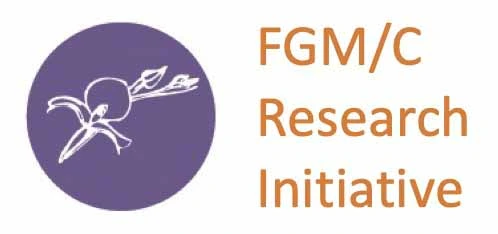25 November 2011
The role of ARPs in abandoning FGM in Kenya
How can human rights change agents help the Maasai turn away from the harmful aspects of their tradition (FGM and early forced marriage) and not taint the authenticity of their rich culture? One way to create change is to offer alternative rituals or rites of passage (ARP). The work of Cath Holland in Central Pokot, as shown in the film Abandon the Knife, shows over 170 girls standing up to their community and choosing to not have FGM. It also shows the benefits of completing education for girls, as my favourite line in the film states that ‘cows (from a dowry) can die yet the benefits of education can bring milk for life!’
14 October 2011
Abandon the Knife film - FGM abandonment in Kenya
Abandon the Knife (Kepsteno Rotwo) follows the lives of two girls, Nancy 17 and Gertrude who stand up to their families to avoid having FGM. One girls runs for refuge to her grandmother and he mother is temporarily ‘thrown’ out by her husband for helping his daughter escape his planned marriage – as the suitor is on the way and cows have already been ‘paid’ for. She wants to complete her schooling and become a doctor, but her marriage dowry, to immediately follow her FGM ceremony, will pay for her brother’s education – and more cows! Click here to see the film.
2 September 2011
What do different faiths say about FGM?
What do different faith groups say about FGM? Here are some statements made from the three main monotheist religions about their views on the issue.
22 July 2011
Aspirations of child brides - FORWARD study in Tanzania
Most countries have declared 18 as the minimum legal age for marriage. However, in Africa 42% marry before this age (ranging from 11-88%, depending on the area). So, what were the aspirations of these child brides? Their dreams were to go back to school, finish their education, gain financial security and independence similar to any child with interrupted schooling. The careers they wish for included being a magistrate, nurse or business women – so similar to my own childhood dreams of being a surgeon, physio or teacher. Programmes of education against FGM and child bride girls clubs can once again make those dreams come true.
10 June 2011
Using music to address FGM in Senegal
Sister Fa knows in Africa, if you play in the open, people will come: ‘It’s the way to reach them, to bring them together’. She is using Senegalese urban music to help end FGM in the highest 12 of the 28 African countries where FGM is practised. Having been cut herself, she is now taking part in an ‘Education against Mutilation’ Campaign – using music to relate to young people.
6 May 2011
Shifting culture in Kenya
Amongst a number of Kenyan tribes, FGM is practised for social and religious reasons. The Kenya Demographic of Health Survey shows the overall prevalence of FGM has decreased over 10 years: 38% in 1998; 32% in 2003 and 27% in 2008-9. However, the prevalence is still over a third of 15-49 year olds in Eastern Kenya although 88% of women ‘believe it should end’.
25 March 2011
Can FGM change in a generation?
How do you answer these questions: Can FGM end in a generation – after 1000 years of embedded practice? What does it take to campaign for 10 years to change a traditional practice? Can lessons in Ethiopia be transferred elsewhere?
8 February 2011
How long does it take to change cultural practice? Should social norms continue if they cause harm?
In Gambia’s upper river region, 24 community representatives have just signed a public declaration abandoning FGM, which affected 90% of girls. TOSTAN’s ‘organised diffusion’ model supports girls/women, men, chiefs and Imams spreading the education messages on birth complications and health risks ‘people to people’ across neighbouring villages.
Load More Back to top

